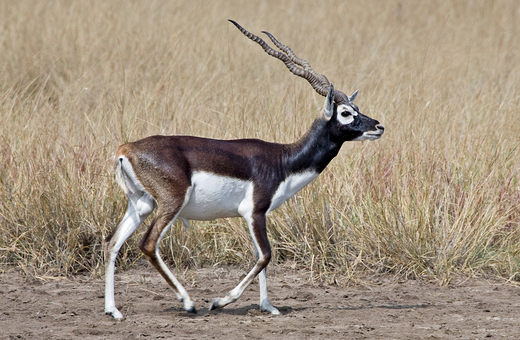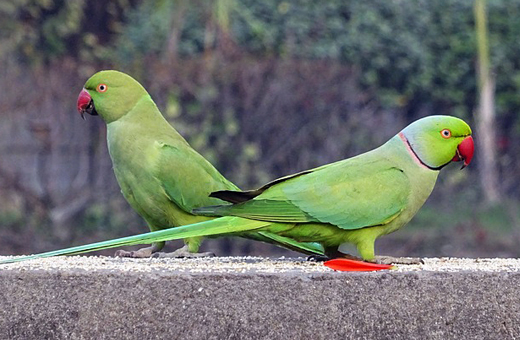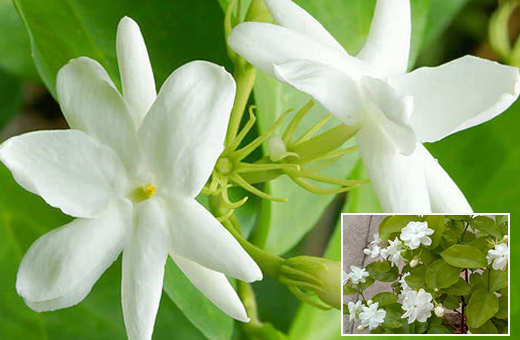
The blackbuck (Krishna Jinka) is a diurnal antelope and inhabits grassy plains and slightly forested areas. Due to their regular need of water, they prefer areas where water is perennially available. The vernacular name "blackbuck" is a reference to the dark brown to black colour of the dorsal (upper) part of the coat of the males. The long, ringed horns that resemble corkscrews, are generally present only on males, though females may develop horns, as well. The horns diverge forming a "V"-like shape.
In India, hunting of blackbuck is prohibited under Schedule I of the Wildlife Protection Act of 1972




